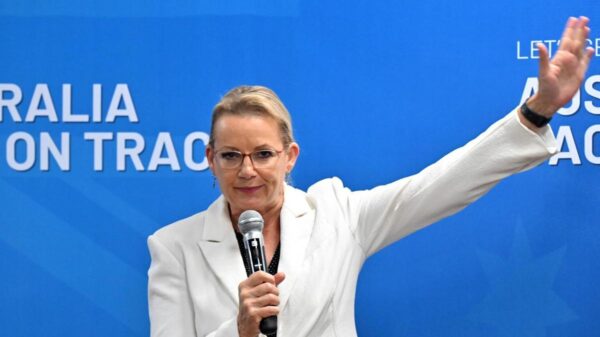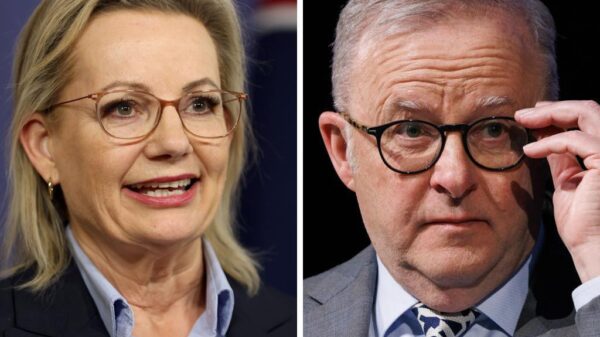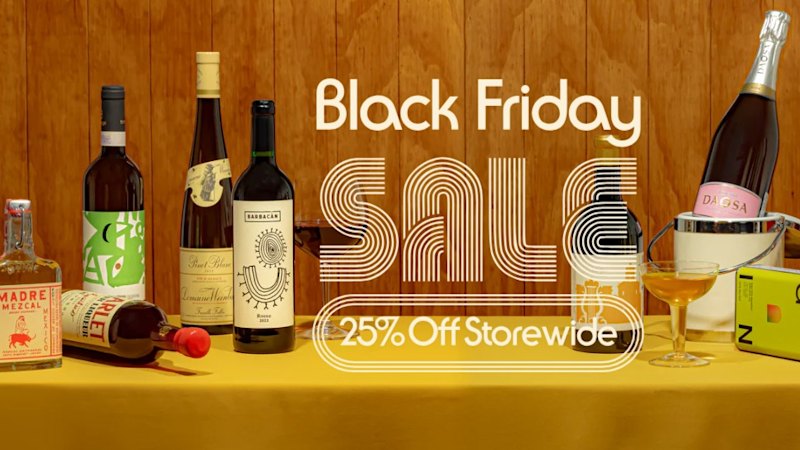Black Friday has emerged as a significant retail event in Australia, prompting small businesses to evaluate its impact on their operations. Many now question whether this shopping phenomenon has replaced traditional sales events like Boxing Day. According to recent research conducted by Xero, over half of small business owners—58 percent—view Black Friday as a pivotal opportunity, yet participation rates are set to decline this year, with only 39 percent planning to engage in the event.
As Black Friday tightens its grip on consumer spending, the responses from small business owners reveal a division in strategy and perspective. A notable barrier to participation is cost, with nearly a third of respondents, 30 percent, indicating that they cannot afford to offer discounts. Despite these challenges, businesses that embrace Black Friday see it as a chance to attract new customers and foster loyalty among existing ones.
Capitalising on Consumer Demand
Jared Brown, the general manager of Brand and Marketing at the boutique online wine store, Sometimes Always, is a proponent of Black Friday. He describes the day as a prime opportunity for businesses to connect with customers. “It’s one of those things where the market has adopted it quite readily, so it’s a missed opportunity if you don’t participate,” he states. For Sometimes Always, Black Friday represents the largest sales event of the year, drawing in a wave of new shoppers eager for discounts.
The brand has prepared for the sales surge by refining its marketing strategy since July, focusing on online advertising. Research shows that 45 percent of small businesses find social media engagement to be the most effective method for attracting customers. Using historical data to predict order quantities is essential for managing stock levels during this busy period, according to Brown.
He explains, “We work with a lot of small, artisan producers, so it’s a cool opportunity for us to place bigger orders with them. Even though they’re not participating directly, they benefit from that sales bump.” In an increasingly impersonal ecommerce environment, Sometimes Always prioritizes connecting customers with local producers, enhancing the shopping experience with flavour profile cards and recipes. “Every wine has a story,” Brown notes, underscoring the importance of customer engagement.
Holding Firm on Brand Values
In contrast, Jasmine Gescheit, founder of the active leisurewear brand Jasmine Alexa, has opted out of Black Friday this year. She utilized social media to articulate her reasons for not participating. “Like most small businesses, we have overheads to fulfil and protect. When we discount, it eats into that—to the point where there’s not much left,” she explains.
Gescheit is particularly concerned about the impact Black Friday discounts can have on her partnerships with small boutiques. “If we discount one of our bestsellers, then all our stockists that have this item feel the pressure to discount, too. By sitting out of Black Friday, we’re stopping that trickle-down effect,” she asserts.
Instead of a sale, Jasmine Alexa is hosting its first in-person pop-up event in Melbourne this November. Gescheit aims to bridge the disconnect between consumers and the intrinsic value of quality products. “We’re trying to get people offline and back into physical retail. It’s scary, and I have no idea how it’s going to go, but it felt right for us and what we stand for,” she admits.
Both Brown and Gescheit recognize the importance of engaging customers during Black Friday, regardless of their participation. With tools such as Xero’s Analytics and inventory management apps like Cin7, small businesses can navigate the sales landscape effectively. By leveraging data, owners can make informed decisions while remaining true to their brand values, ensuring that their approach to Black Friday aligns with their long-term goals.
As the retail landscape continues to evolve, the strategies employed by small businesses during events like Black Friday will determine their resilience and growth in a competitive market.





























































